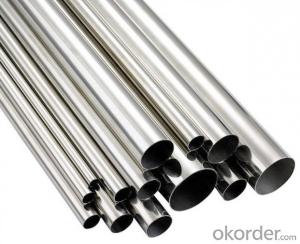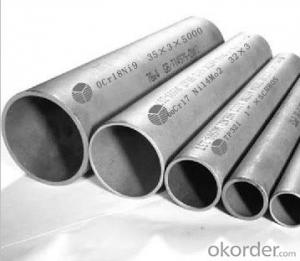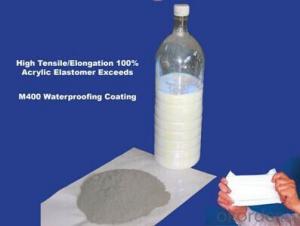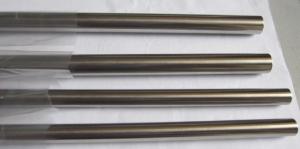Stainless Steel Flex Pipe
Stainless Steel Flex Pipe Related Searches
Best Paint For Stainless Steel Blanket Insulation For Steel Buildings Primer For Galvanized Steel Foam Filter For Stainless Steel H S Code For Stainless Steel Surface Grinding Wheels For Stainless Steel Surface Grinding Wheels For Hardened Steel Hole Saw For Stainless Steel Paint For Stainless Steel Stainless Steel For BbqHot Searches
Steel Mesh Panels For Sale Price For Stainless Steel Scrap Scrap Price For Stainless Steel Price For Stainless Steel Stainless Steel Tank For Sale Stainless Steel Sheets For Sale Cheap High Tea Sets For Sale Stainless Steel Tanks For Sale Stainless Steel For Sale High Density Fiberboard For Sale Solar Hot Water Collectors For Sale Scaffolding For Sale In Uae Scaffolding For Sale In Ireland Scaffolding For Sale In Houston Type Of Inverter For Solar Price Of Shipping Containers For Sale Types Of Inverter For Solar Stock Price For Aluminum Used Solar Inverter For Sale Steel Mesh Panels For SaleStainless Steel Flex Pipe Supplier & Manufacturer from China
Okorder.com is a professional Stainless Steel Flex Pipe supplier & manufacturer, offers integrated one-stop services including real-time quoting and online cargo tracking. We are funded by CNBM Group, a Fortune 500 enterprise and the largest Stainless Steel Flex Pipe firm in China.Hot Products
FAQ
- Certainly, electropolishing is a viable option for stainless steel pipes. It is a widely employed technique aimed at improving the surface quality of stainless steel by eliminating imperfections and pollutants. This method entails submerging the stainless steel pipe in an electrolyte solution and administering an electrical current to it. As a result, a thin layer of material is selectively eradicated from the surface, yielding a polished and lustrous appearance. Electropolishing proves especially advantageous for stainless steel pipes employed in sectors such as pharmaceuticals, food processing, and semiconductors, where an elevated standard of surface cleanliness and resistance to corrosion is indispensable.
- Yes, stainless steel pipes can be insulated with polystyrene sulfonate. Polystyrene sulfonate is a type of insulation material that is commonly used for its excellent thermal and moisture resistance properties. It can be applied to stainless steel pipes to reduce heat loss or gain and prevent condensation. This insulation material can provide effective insulation in a wide range of temperatures and is often chosen for its durability and long-lasting performance. However, it is important to ensure that the polystyrene sulfonate insulation is compatible with the specific application and meets the necessary safety and regulatory requirements.
- What are the weld sleeves for stainless steel pipes?
- Quota refers to the quantity standard of manpower, material resources, financial resources and time consumed by qualified units under certain technical and organizational conditions. In the labor organization reasonable and rational use of materials and machinery under the condition of a predetermined number of resources consumed by the completed units qualified product standards, the level of social productive forces, it reflects the level of a certain period of time. For each construction project, the amount of labor is calculated, including basic labor and other labor. Plus the materials for this project, including basic materials and other materials. The unit price is based on the labor value of the different types of work at that time. The value of the material is the budgeted price based on the previous market price.
- Yes, stainless steel pipes are suitable for offshore platforms. Stainless steel is a corrosion-resistant material that can withstand the harsh marine environment, including exposure to seawater, salt, and other corrosive agents. It offers excellent resistance to oxidation and pitting, which are common issues in offshore environments. Stainless steel pipes are widely used in offshore platforms for various applications, such as transporting fluids and gases, structural supports, and as protective barriers. They are known for their high strength, durability, and reliability, which are crucial factors in offshore operations where safety is of utmost importance. Furthermore, stainless steel pipes have low maintenance requirements, reducing the need for frequent inspections and repairs. This is particularly advantageous in offshore settings where accessibility and maintenance can be challenging due to remote locations and harsh weather conditions. In addition to its corrosion resistance, stainless steel also offers other desirable properties such as heat resistance, fire resistance, and excellent mechanical properties. These characteristics make stainless steel pipes an ideal choice for offshore platforms, where they can be exposed to high temperatures, fire hazards, and mechanical stress. Overall, stainless steel pipes provide a cost-effective and long-lasting solution for offshore platforms, ensuring the safety, reliability, and efficiency of operations in these challenging environments.
- To prevent clogging in stainless steel pipes, regular maintenance is essential. This includes flushing the pipes with hot water regularly to remove any potential buildup. Additionally, avoiding the disposal of grease, oil, or large solid particles down the drain is crucial. Installing screens or traps at the drains can also help to catch any debris before it enters the pipes.
- 304 stainless steel pipe, 20*2 pressure, how many kilograms?
- 304 stainless steel is a brand of stainless steel produced according to the ASTM standard in the United states. 304 is equivalent to 0Cr19Ni9 in our country(0Cr18Ni9) stainless steel. 304 chromium 19%, containing nickel 9%. The 304 is the most widely used stainless steel, heat-resistant steel, steel, steel industry utility. For food production equipment, general chemical equipment, nuclear energy, etc..
- Stainless steel pipes are indeed applicable for desalination plants. Given its remarkable resistance to corrosion, stainless steel proves to be an appropriate material for desalination plants dealing with water that contains elevated levels of salt and other corrosive substances. The exceptional corrosion resistance of stainless steel pipes inhibits the accumulation of scale and the occurrence of rust, thus assuring the long-lasting and efficient operation of the desalination plant. Furthermore, stainless steel pipes are renowned for their robustness and endurance, making them capable of withstanding the demanding conditions of high pressure and temperature frequently encountered in desalination plants. All in all, stainless steel pipes are an optimal choice for desalination plants owing to their resistance to corrosion, strength, and durability.
- The main difference between 446 and 316 stainless steel pipes lies in their composition and properties. 446 stainless steel is a ferritic stainless steel that contains chromium, molybdenum, and a small amount of titanium. It offers excellent resistance to high-temperature oxidation, making it suitable for applications involving elevated temperatures. However, it may not be as resistant to corrosion as other stainless steel grades. On the other hand, 316 stainless steel is an austenitic stainless steel that contains chromium, nickel, and molybdenum. It is known for its superior corrosion resistance, making it ideal for applications in corrosive environments, such as marine or chemical industries. In summary, while 446 stainless steel is preferred for high-temperature applications due to its oxidation resistance, 316 stainless steel is chosen for its exceptional corrosion resistance in various environments.














































